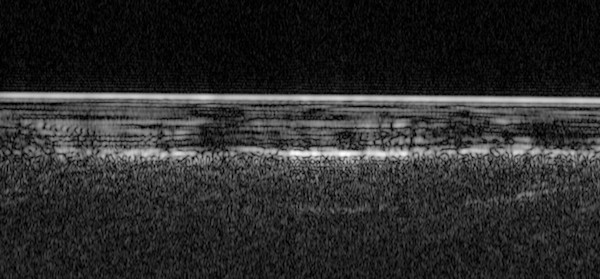European Mars-orbiting radar detects subsurface liquid water
An instrument on board ESA’s Mars Express spacecraft has detected a wide but shallow body of water 1.5km below solid ice and dust near the south pole of Mars
For the first time, evidence of liquid water on Mars has been detected. Previous studies have suggested that liquid water might exist on the surface under certain conditions, but although Mars is scarred with remains of river valleys and channels where water once flowed, major changes in the planet’s climate mean that it cannot exist today in any persistent form.

The Mars Express orbiter, which has been studying Mars since 2003, carries a radar sounding instrument called MARSIS (Mars advanced radar for subsurface and ionosphere sounding), which uses ground-penetrating radar to map the subsurface topography of the planet. This technique, also widely used by engineers on Earth, sends radar pulses towards the surface and times how long it takes for them to be reflected back, and analyses the reduction in the strength of the returning signal. This gives clues on the composition of the material through which the radar pulse travelled before being reflected.
Register now to continue reading
Thanks for visiting The Engineer. You’ve now reached your monthly limit of news stories. Register for free to unlock unlimited access to all of our news coverage, as well as premium content including opinion, in-depth features and special reports.
Benefits of registering
-
In-depth insights and coverage of key emerging trends
-
Unrestricted access to special reports throughout the year
-
Daily technology news delivered straight to your inbox










Water Sector Talent Exodus Could Cripple The Sector
Maybe if things are essential for the running of a country and we want to pay a fair price we should be running these utilities on a not for profit...